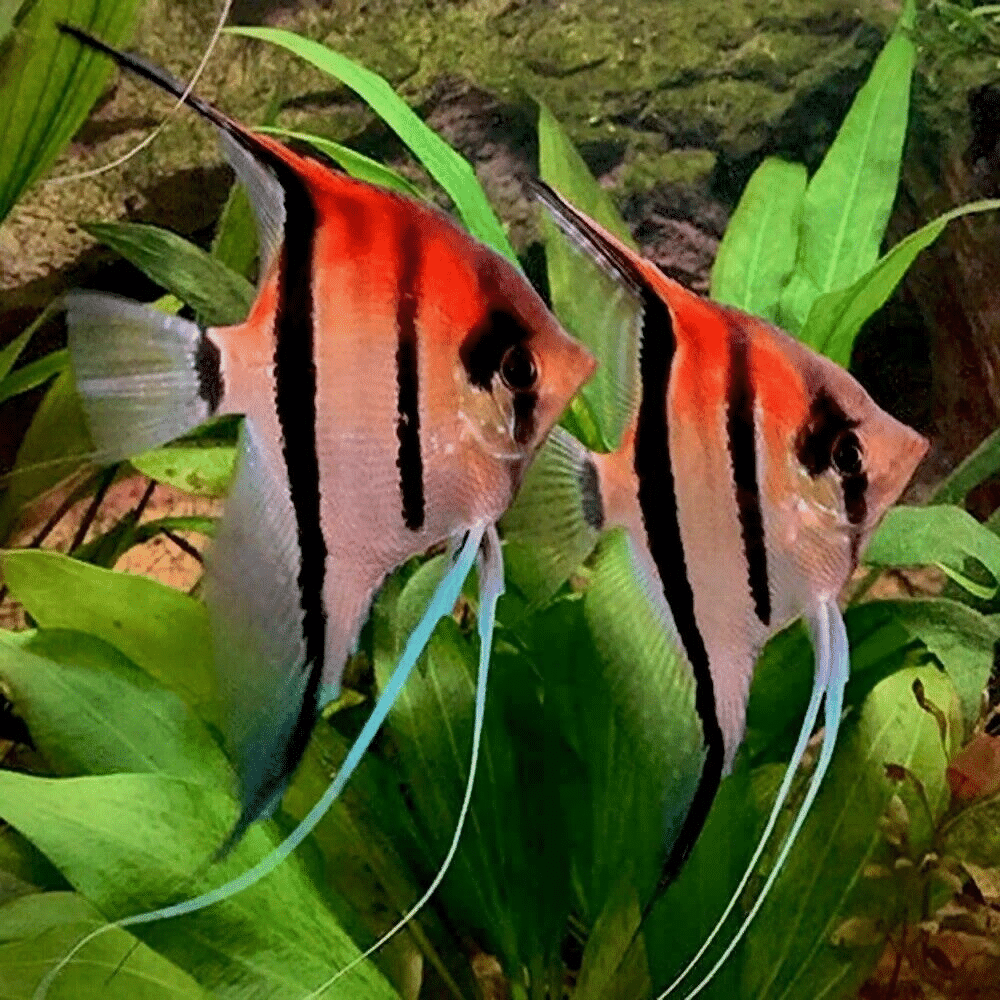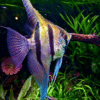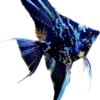To provide the best experiences, we use technologies like cookies to store and/or access device information. Consenting to these technologies will allow us to process data such as browsing behaviour or unique IDs on this site. Not consenting or withdrawing consent, may adversely affect certain features and functions.
The technical storage or access is strictly necessary for the legitimate purpose of enabling the use of a specific service explicitly requested by the subscriber or user, or for the sole purpose of carrying out the transmission of a communication over an electronic communications network.
The technical storage or access is necessary for the legitimate purpose of storing preferences that are not requested by the subscriber or user.
The technical storage or access that is used exclusively for statistical purposes.
The technical storage or access that is used exclusively for anonymous statistical purposes. Without a subpoena, voluntary compliance on the part of your Internet Service Provider, or additional records from a third party, information stored or retrieved for this purpose alone cannot usually be used to identify you.
The technical storage or access is required to create user profiles to send advertising, or to track the user on a website or across several websites for similar marketing purposes.
















Emily Carter (verified owner) –
I purchased the Manacapuru Red Black Angel Fish about a month ago, and I couldn’t be more thrilled with my decision! As an experienced hobbyist, I’ve kept various types of freshwater fish, but this angel fish stands out for its stunning colors and graceful movements. The vivid red and black markings are even more impressive in person, making them a real centerpiece in my 75-gallon aquarium.
After a week of careful acclimation, the fish settled in beautifully and interacted well with my other tank mates, including some peaceful tetras. I did notice a slight increase in water temperature was needed to keep them comfortable, which is something to consider if you’re new to caring for angel fish.
Compared to other varieties I’ve owned, this Manacapuru variant has been more vibrant and less shy, often displaying its full beauty in open water. For anyone looking to elevate their aquarium aesthetics and bring some personality to their tank, I highly recommend adding these angel fish to your collection. Just be sure to provide them with plenty of swimming space and suitable tank mates. They are truly a joy to watch, and I can’t wait to see how they continue to thrive!
Emily Carter (verified owner) –
As an experienced hobbyist, I was thrilled to add the Manacapuru Red Black Angelfish to my aquarium. After a couple of weeks, I can confidently say they are not only stunning but also have vibrant personalities! Their striking red and black coloring stands out beautifully against the green plants in my 55-gallon tank. I’ve kept angelfish before, but these are truly a step above. They adapt quickly and are surprisingly easy to care for if you follow the provided disease prevention tips. One minor concern was their initial shyness; it took a few days for them to fully acclimate. However, they are now swimming around confidently and frequently interact with my other fish. I would recommend these angelfish to anyone looking to add elegance to their tank, whether you’re a beginner or seasoned aquarist. Just ensure your aquarium is spacious and well-planted for their comfort. Overall, I’m delighted with my purchase and would buy again if I expand my tank!